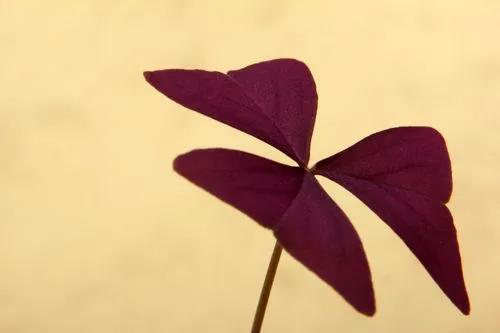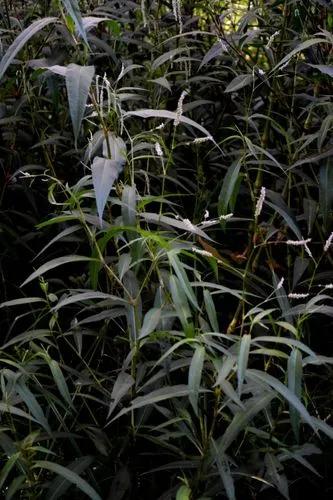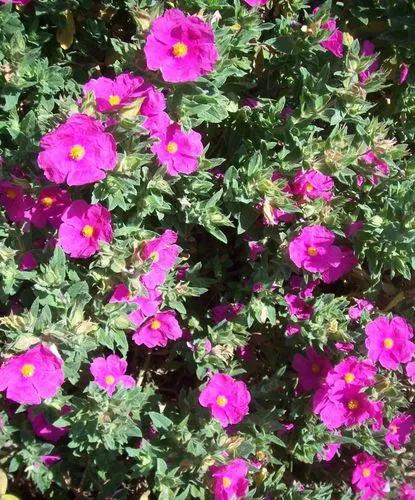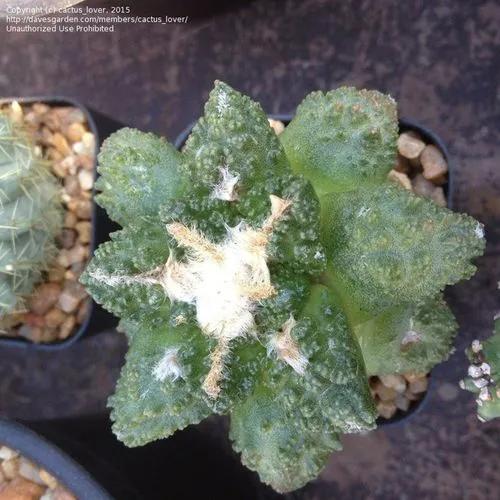A popular garden plant, Garden Phlox is a beautiful fern with rich scented flowers in shades of pink, red, purple, and white that bloom during summer. It is a perennial plant in the Phlox family and is relatively easy to grow and care for.
Garden Phlox Care
Phlox paniculata
Other names: All Phlox, Perennial Phlox, Summer Phlox, Panicled Phlox



Phlox paniculata is native to the eastern and central United States but has been introduced and naturalized in many other regions. It is also known as" Summer Phlox" or "Tall Phlox". The easiest way to identify Phlox paniculata is by its colorful flowers, arranged in large, conical clusters at the top of the stem. They are typically 1-2 inches (2.5 – 5 cm) and come in shades like pink, red, purple, and white. The flowers are very delicate, with a star-shaped appearance. Phlox paniculata flowers have five petals, which are usually ruffled and have a fringed appearance. After the flowers are pollinated, they will form small, round seed capsules.
The leaves are lance-shaped and are arranged alternately on the stem. They are typically 2-4 inches (5 – 10 cm) long and 1-2 inches (2.5 – 5 cm) wide, glossy green in color.
Garden Phlox is typically grown as an outdoor plant in gardens but can be grown as an indoor plant under certain conditions. It grows to about 2-4 feet tall (60-120 cm).
How to Care for the Plant

Water

Keep the soil moist when growing Garden Phlox, but do not overwater it. Check the soil moisture level every few days by touching the soil with your hand. If it feels dry, then it means it needs water. Remember, it might need to be watered more frequently during hot seasons.

Pruning

Garden Phlox requires pruning regularly. Remove dead flowers and seeds to promote re-blooming. Prune back the plant before new growth appears to promote bushy new growth.

Fertilizer

Garden Phlox requires regular fertilization. You can use a liquid fertilizer every 2-3 weeks during the growth season (spring and summer) or a slow-release, balanced fertilizer every 4-6 weeks. Alternatively, you can make your own fertilizer consisting of shredded leaves, straw, or bark. It's not advised to fertilize during the dormant period, from fall through winter. Follow the instructions on the fertilizer package for dosage and application.

Sunlight

It prefers full to partial shade. Ensure it receives at least 6 hours of direct sunlight daily for full growth.

Soil

It prefers well-drained soil rich in organic matter, with a pH range between 6.0 and 7.0, slightly acidic to neutral. You can use commercial potting soil from specialized vendors.

Propagation

Phlox paniculata can be divided between the fall and early spring when the plant is dormant. Carefully dig up the clumps of plants and divide them into smaller sections, each with a good root system. Replant the divisions and water them well. Alternatively, you can propagate from seed, but it can take several years for seed-grown plants to reach maturity and bloom. Seeds should be sown in a cold frame in the fall or indoors in the late winter or early spring.

Temperature

The ideal temperature range for Phlox paniculata is between 60-70 °F (15-21 °C) but tolerates temperatures as low as -20 °F (- 29 °C). Keep humidity levels moderate.

Container

Phlox paniculata can be planted in various container types if they have good drainage. Choose a container that is appropriate for the size of the plant, as it can grow quite tall.

Fun fact

Garden Phlox is also used in homeopathic medicine as a natural remedy for various skin conditions.

Popularity

6,257 people already have this plant 680 people have added this plant to their wishlists
Discover more plants with the list below
Related articles






